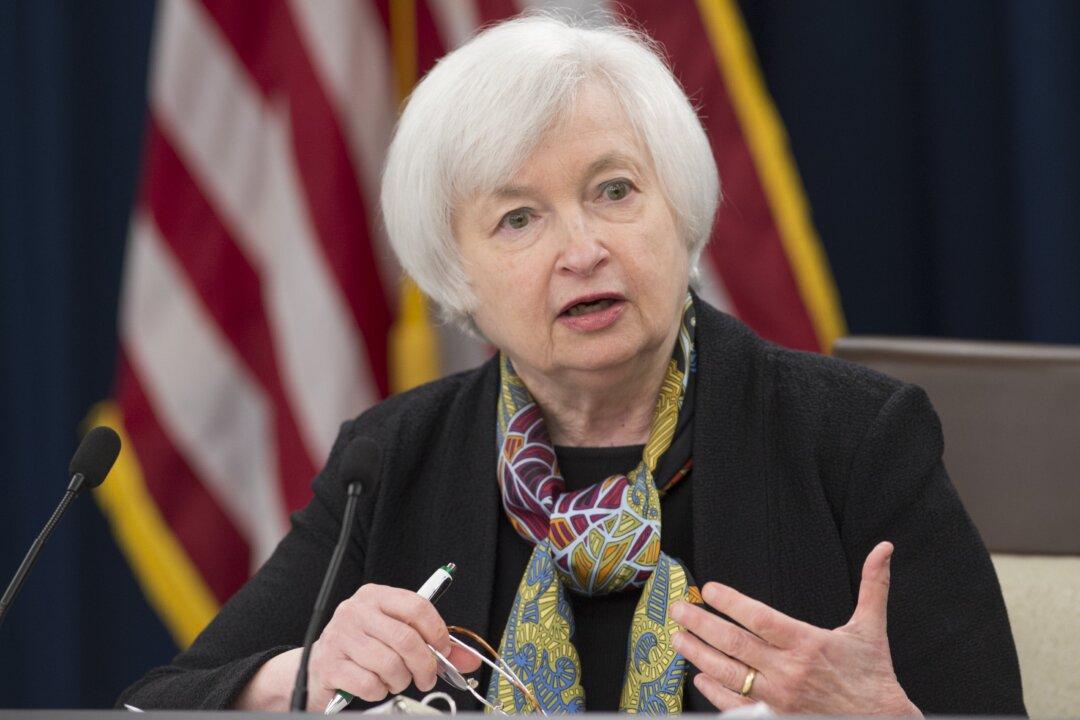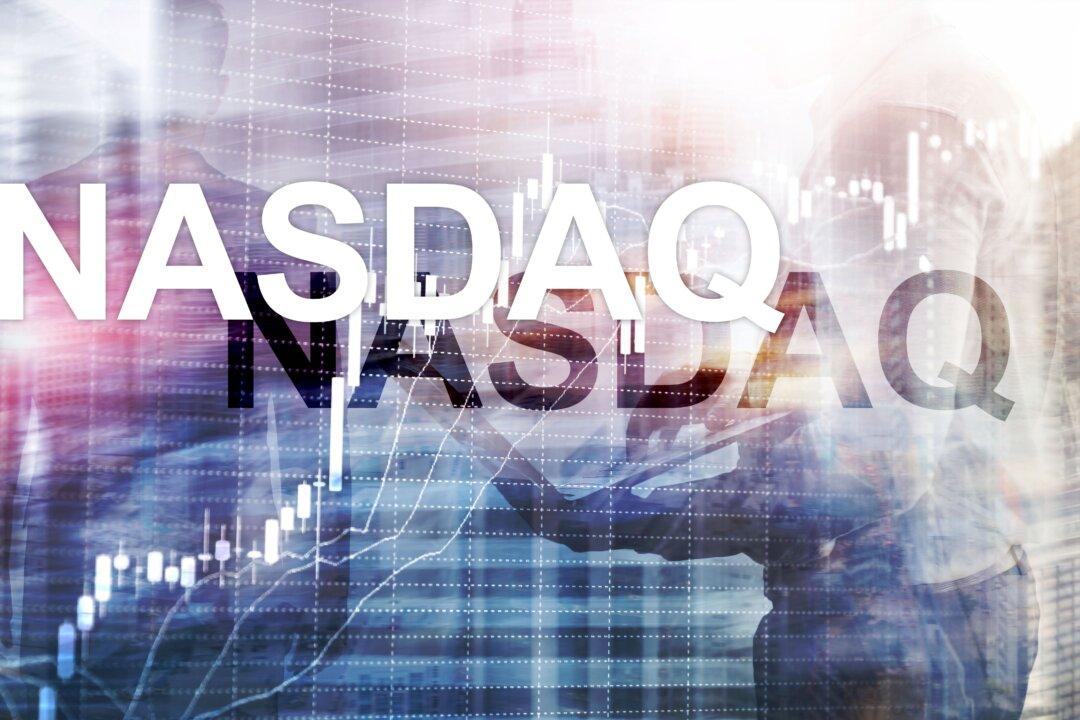WASHINGTON—Catching many investors offguard, the Federal Reserve made clear on May 18 that an interest rate hike in June is likely if the economy keeps improving.
The minutes of their most recent meeting in late April showed that Fed officials widely felt it would be time to raise rates at their June 14–15 meeting as long as hiring and economic growth strengthened and inflation showed signs of accelerating toward the Fed’s 2 percent target rate.
The Fed had voted 9–1 in April to keep rates unchanged while noting that threats from the global slowdown had eased.
The minutes said some Fed officials did express concerns at the April meeting that the economic data might not be clear enough by mid-June to determine whether a rate hike was warranted. But that view was balanced against the belief of other officials that the data would be strong enough to justify a June hike.
Even at the April meeting, Fed officials were encouraged by developments in the economy and financial markets, the minutes showed. Several participants suggested that the risks to the economic outlook were now “roughly balanced.”





